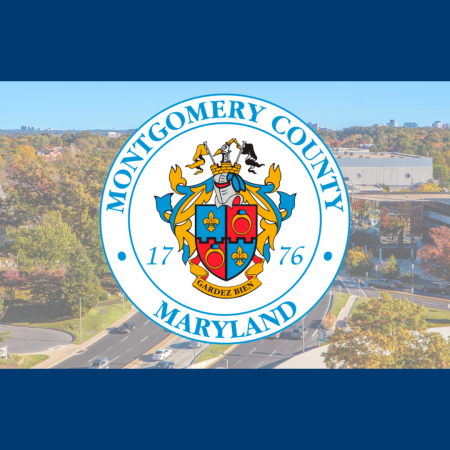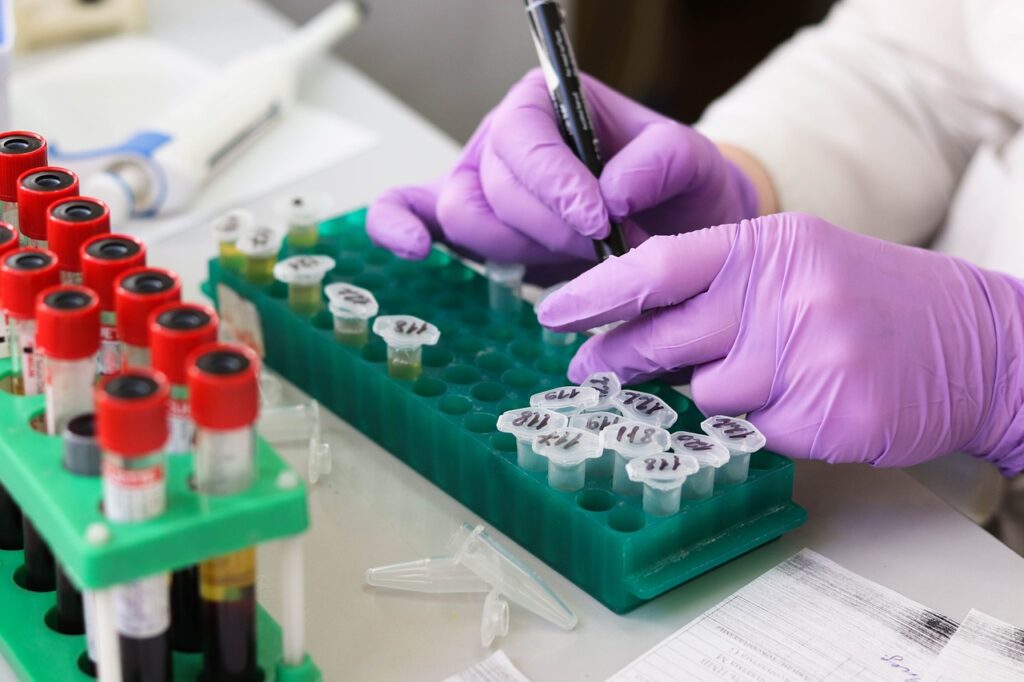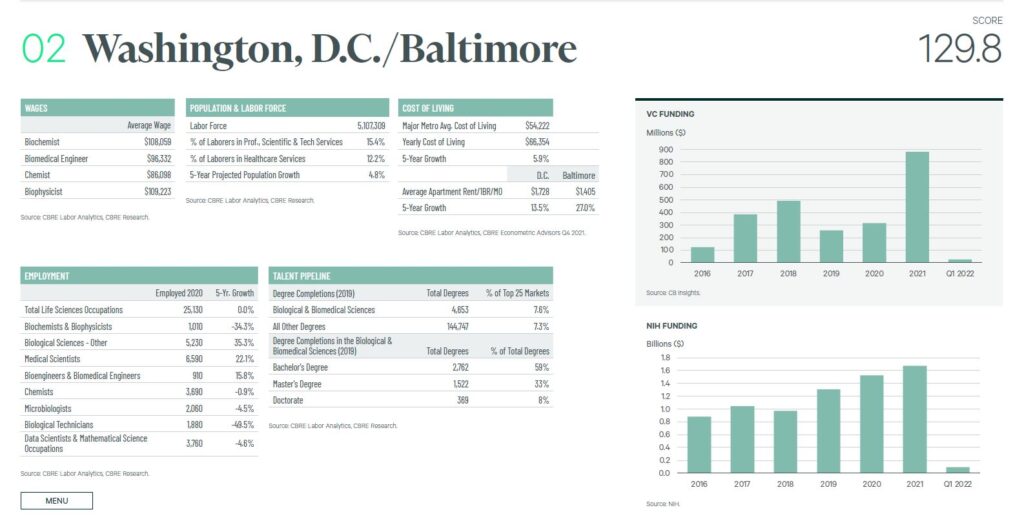
Economic indicators for June 2023 show continued positive post-pandemic business trends
Montgomery County, Md., Aug. 9 2023 – The June 2023 preliminary unemployment rate in Montgomery County, Maryland was just reported the lowest *June rate in more than 30 years at 1.5%, according to the BLS State and Local Area Unemployment Statistics series. This key metric is the lowest of any June tracking to 1990.
The June unemployment rate was also lower than Maryland’s overall rate, which was 1.7%, compared to the Washington MSA at 2.5% and the national average at 3.8%.
In another positive economic trend, May Montgomery County employment in the Professional, Scientific and Technical Services subsector was robust, showing an increase of 2.9% year over year, which is well above the rate of the state and the Washington MSA.
The leisure and hospitality subsector continues to improve, increasing positions by 6% since last May and is now about evenly paced with 2019. Healthcare and social assistance jobs increased 5.5% year over year, ahead of Maryland, the Washington MSA and the nation.
“It is extremely gratifying to see these positive trends in our economy,” said Montgomery County Executive Marc Elrich. “These trends are a sign that businesses are coming back following the height of the COVID-19 pandemic. We are fortunate to have a diverse economy that is anchored by several federal agencies, a strong biotech industry as well as travel and tourism. We collectively support our businesses to build a stronger economy as we continue post-pandemic recovery efforts.”
“The growth in Montgomery County, with unemployment at a record low 1.5%, shows the strength and resilience of our business community,” said MCEDC President & CEO Bill Tompkins.” It is also exciting to see the substantial growth in professional, scientific and technical services, areas where Montgomery County continues to shine.”
*All figures, including U.S., are non-seasonal.
Watch County Executive Marc Elrich’s press conference here.
See the economic indicators infographic here.
About Montgomery County Economic Development Corporation (MCEDC)
The Montgomery County Economic Development Corporation (MCEDC) is the official public-private economic development organization representing Montgomery County, Maryland. Created in 2016, MCEDC is led by a Board of Directors of business executives. Its mission is to help businesses start, grow and relocate in Montgomery County by helping them gain access to top talent, business and market intelligence and prime locations. For more information, visit https://thinkmoco.com/
Link to press release: https://thinkmoco.com/blog/montgomerycounty-june2023-unemployment

